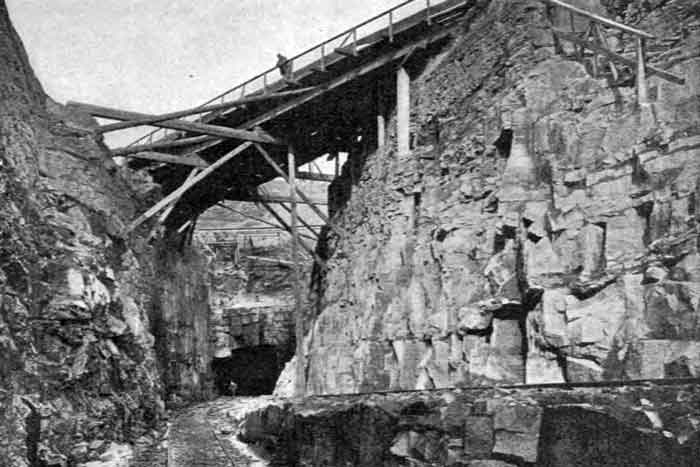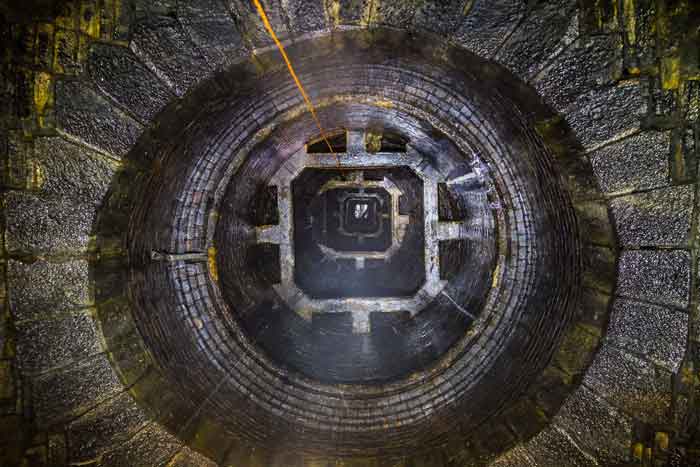
Queensbury Tunnel in West Yorkshire achieves historic status
by Northern Life
A disused railway tunnel in West Yorkshire, which a campaign group is hoping to reopen as a cycle path, has been designated as a Historical Engineering Work by a panel within the Institution of Civil Engineers.
Queensbury Tunnel was engineered by Leeds-based John Fraser for the Great Northern Railway in the 1870s. When contractors Benton & Woodiwiss finished work on it, the tunnel became the longest on the GNR’s network at 2,501 yards (2,287 metres). Construction got underway in May 1874 and was intended to take two years, however progress was significantly slowed by the huge amount of water encountered which resulted in two of its seven shafts having to be abandoned and caused work in one of the pilot tunnels (headings) to be halted. The first freight train eventually passed through in October 1878.
Peter Harris, Tunnels Convenor on the Panel for Historical Engineering Works, said: “Queensbury Tunnel is a regionally significant structure because of its history, scale and construction. It was one of the first railway tunnels to benefit from the use of a rock drilling machine which helped the miners to drive a section of heading at a rate probably four times faster than using hand drills. In the 1930s, one of the shafts had a series of unusual reinforced concrete frames inserted to help support a secondary lining. Then, after closure, the tunnel was used as a seismological station. Cambridge University installed strainmeters in the central part of the tunnel and the scientists monitoring them had to sleep overnight in a hut. Not a pleasant experience.”
Sadly, the engineering significance of Queensbury Tunnel holds no sway with the Historical Railways Estate (HRE) which manages the tunnel on behalf of the Department for Transport. HRE is developing plans to abandon the structure – at a likely cost to the taxpayer of around £3 million – despite a recent study, produced by the Queensbury Tunnel Society, suggesting that it could be repaired for a similar sum and then brought back into use as a cycle path.
- Southern entrance during construction
- No3 shaft
Norah McWilliam, leader of the group campaigning to save the tunnel, said: “We are delighted to hear that the Panel for Historical Engineering Works recognises the tunnel’s importance as a fabulous feat of engineering, even if the Historical Railways Estate is determined to put it beyond reuse. We ought to value this tunnel – and others like it – because of the role it could play in encouraging people to adopt more sustainable forms of transport.
“And we shouldn’t forget the sacrifices of the men who lost their lives building it, in the most appalling circumstances. I recognise that economics will always defeat sentimentality as far as public bodies are concerned, but the custodians of this remarkable structure have a moral responsibility to fully explore all avenues before consigning it to the history books. It could have a bright future, one which would repay the taxpayer’s investment by delivering social and economic benefits to the region. We should grasp that opportunity with both hands. We hope Bradford Council will stand alongside us in questioning why public money is being used to destroy a valuable asset like Queensbury Tunnel.”





